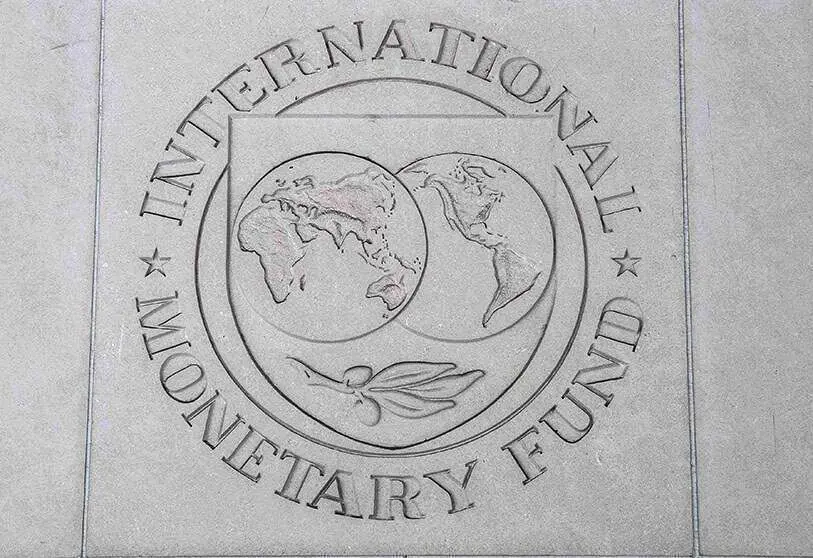80 countries applying for IMF loans

Kristalina Georgieva, managing director of the International Monetary Fund (IMF), speaks of the "immeasurable" damage left behind by the coronavirus not only in terms of the cost of human lives but also in terms of the economic debacle.
The strategy is the same as always, the recipe for life when an economy is overwhelmed and has to be prevented from going bankrupt: loans, subsidies, aid, bailouts with reform programmes included and in many cases tax increases.
Microeconomics suffer, but so does macroeconomics. The SARS-CoV-2 pandemic has created the perfect storm, putting governments and health authorities in a position to face the dilemma of the stock market or life.
If this is the first "wave of coronavirus" on the eve of the coveted vaccine, a rescue is imminent for several economies at the doorstep of the IMF; in fact, the agency announced that it has $50 billion available through its emergency financial services "for low-income and emerging market countries" stricken by the coronavirus.
Also available is the Flexible Credit Line (FCL) created in March 2009 as a mechanism to prevent crises, disbursements "are not phased or conditioned on the achievement of economic policy goals" as is the case in IMF's lifetime programs.
So far, there are 80 countries from various parts of the world requesting loans from the IMF, for example, via LCF Peru requested US$ 11 billion and Chile US$ 23.93 billion; while South Africa has requested US$ 3,939.1 million via the emergency channel, as has Costa Rica for a total of US$ 508 million.
Georgieva believes that "the economic impact is and will be serious, but the sooner the virus is stopped, the faster and more vigorous the recovery will be"; this is the greatest wish of all.
"We strongly support the extraordinary fiscal measures already taken by many countries to support health systems and affected workers and companies; and we welcome the decision of the major central banks to relax monetary policy. These courageous efforts are in the interest not only of individual countries but of the world economy as a whole," she said.
The economic impact of the pandemic, while almost generalized, is certainly not homogeneous, as emerging and low-income countries are also experiencing an outflow of capital.
According to the agency, since the beginning of the pandemic, $83 billion has been released from emerging markets -- "the largest capital outflow ever recorded.
Given the liquidity needs of the global economy, the IMF reported that they are prepared to deploy their full $1 trillion lending capacity.
The hope is that this year's drop in global GDP will lead to a vine-shape recovery, that is, a rapid recovery by 2021; this is, in fact, only a perception.
The IMF estimates that the world economy will fall by 4.9% this year and will primarily affect the 20 core growth countries: China will contract by 1%, all others will suffer serious slumps: EU -8%; Germany -7.8%; UK -10.2%; Japan -5.8%; Spain and Italy will fall -12.8%, respectively; France -12.5%; Brazil -9.1%; Mexico -10.5%; Canada -8.4%, Russia -6.6% and even India which this year was forecast to grow above 7% to exceed China's GDP estimated between 6.1% and 6.3% will have a contraction of -4.5%.
By region, Latin America and the Caribbean will see their GDP fall by -9.4%, Central Asia and the Middle East by -4.7%, and the emerging Asian economies by -0.8%; the share of Sub-Saharan Africa will fall by -3.2%, while the Euro Area will experience an economic decline of -10.2%.
The depressed macro-economy and the rather constrained micro-economy, the largest employment-generating business fabric, is the foundation of micro, small and medium-sized enterprises, which are currently suffering the unspeakable; job destruction as well as the increase in the countries' debt levels are the two main factors of concern.

